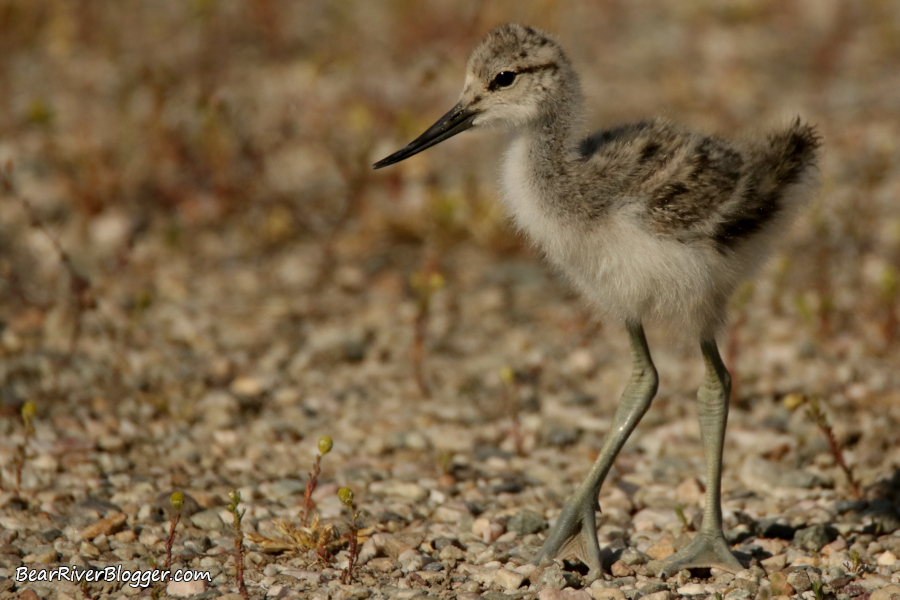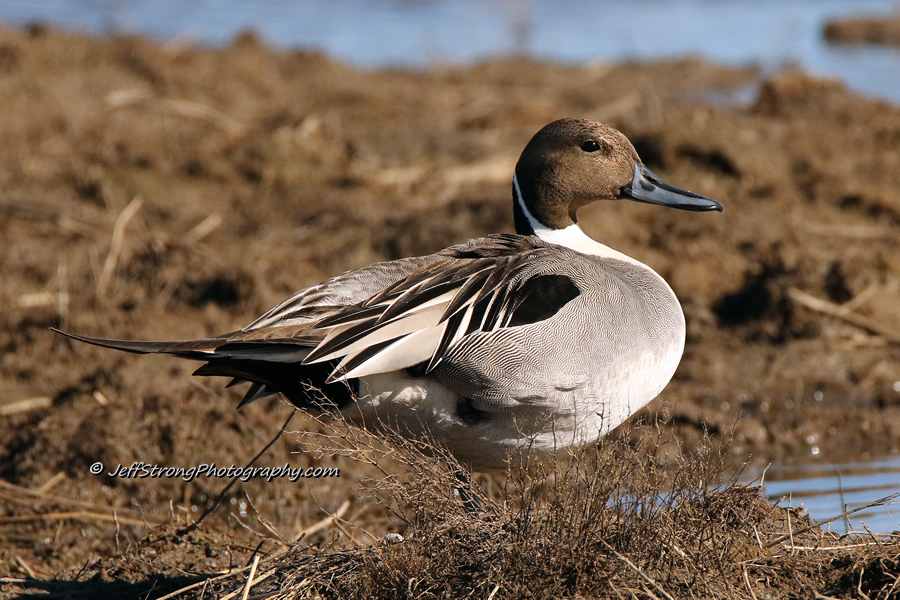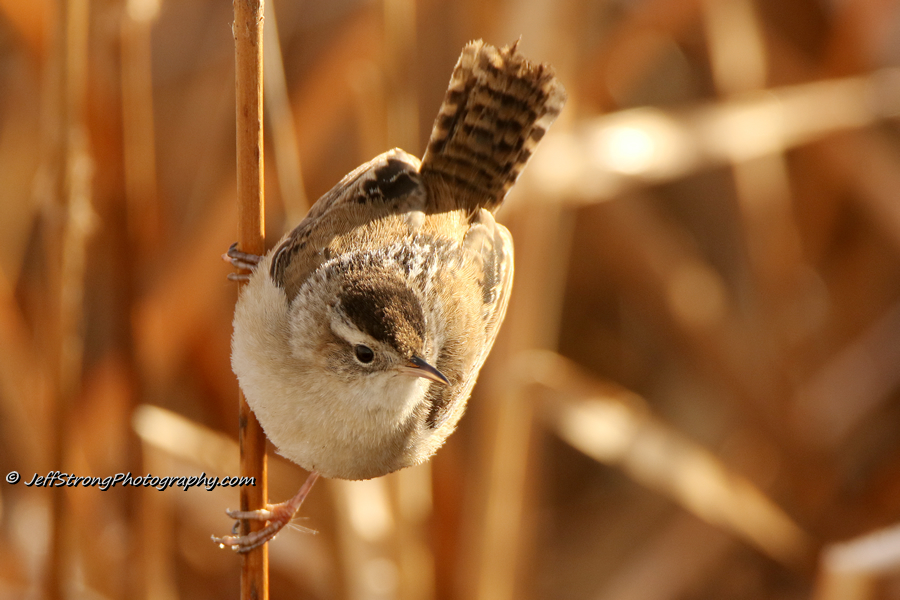When I passed through the main gate at the start of the Bear River Migratory Bird Refuge auto tour route yesterday an electronic sign displayed the following message “Watch out for baby birds”.
I have to admit the bright neon notification caught me off guard a little bit.
Seriously, is it that time already, has the year progressed to the point where eggs are starting to hatch and baby birds will, once again, be in-tow trailing behind their parents along the refuge roads as they get acclimated to the wide new world around them?
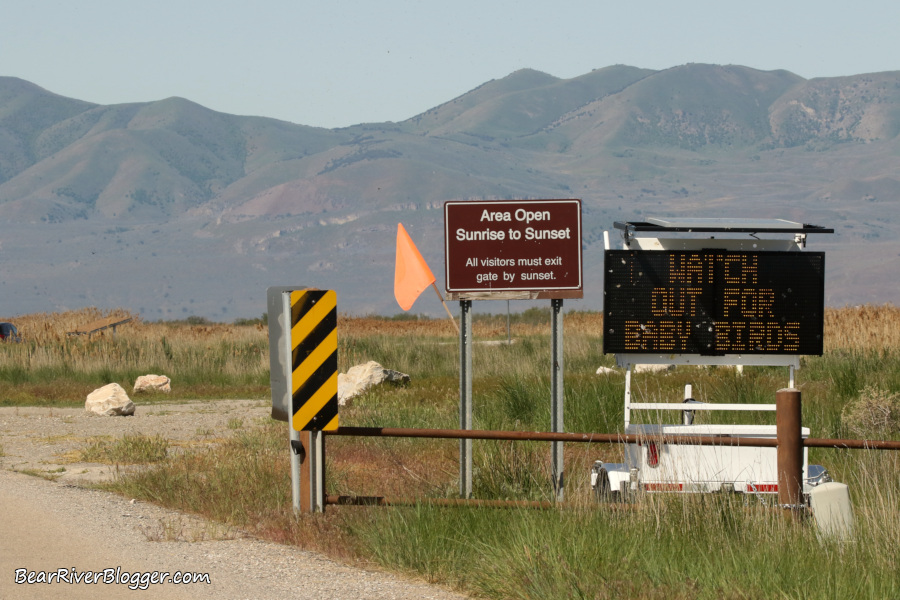
Well, being we are less than a week away from Memorial Day weekend it is, in fact, time for the bird refuge to take on a whole new look for a few months, one with baby birds hatching and appearing on both land and water, as us birdwatchers traverse the auto loop to watch, photograph, and enjoy nature as it replenishes itself for yet another year.
It literally took less than 10 minutes yesterday before I came across my first baby birds on the auto tour route with a small family of American avocets standing in the large dirt parking lot on the north end of the loop.
I pulled off the road for a few minutes to watch the small chicks scurry through the drying vegetation, trying ever so valiantly to keep up with their parents as they headed into the nearby wetlands.
One chick, the last but largest one in the group, stopped a couple of times to try and pick up a roly-poly bug along the way, quite possibly being one of the first meals ever for the newly hatched American avocet.
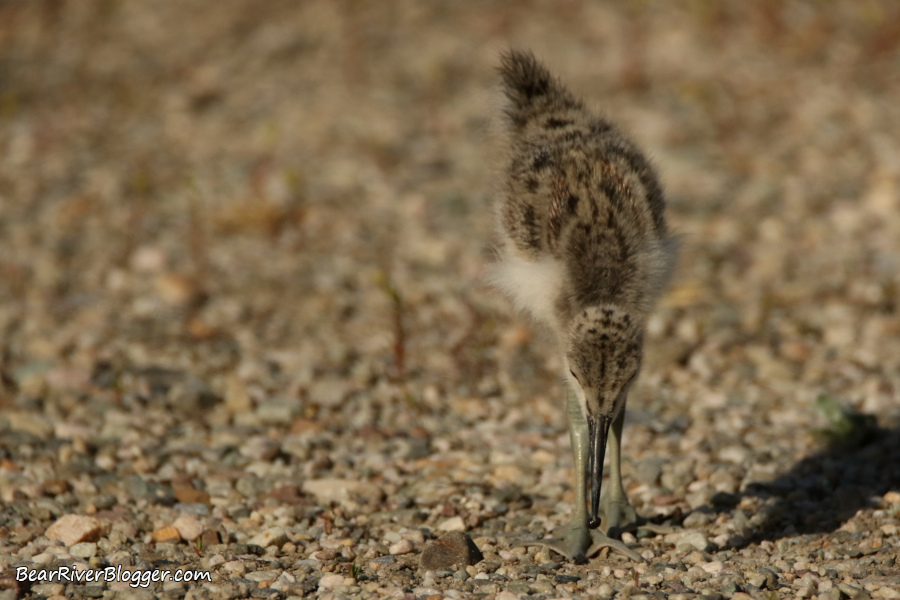
A short while later on the west leg of the loop I found several American coot chicks also earnestly following their parents as they navigated between the loose stands of cattails and phragmites.
In the background, baby yellow-headed blackbirds were heard squawking from deep within a stand of bulrush, anxiously calling for their parents to bring food I’m sure.
Canada geese have been hatching for several weeks now as different-sized goslings in varying-sized family flocks line the edges of the auto tour route, nearby canals, and the large expanse of open water on the south end of unit 2.
As an interesting side note, it won’t be long, maybe a couple of weeks or so, before the Canada geese will be caught, leg banded, and released back into the refuge to help biologist study their migration routes, survival rates, and other important data.
Killdeer, black-necked stilts, and American avocets still tending to their nests can also be found nearby as you drive portions of the bird refuge auto tour route.
All in all, the summer brooding season is now upon us making June, July, and early August a great time to visit the Bear River Migratory Bird Refuge, if you like baby birds that is.
I can’t say for sure but I would wager a guess the electronic message at the main gate leading to the auto loop has multiple meanings for all of us refuge visitors, with the first and foremost being to watch out, drive slow, and give the baby birds and remaining nesting adults their due space.
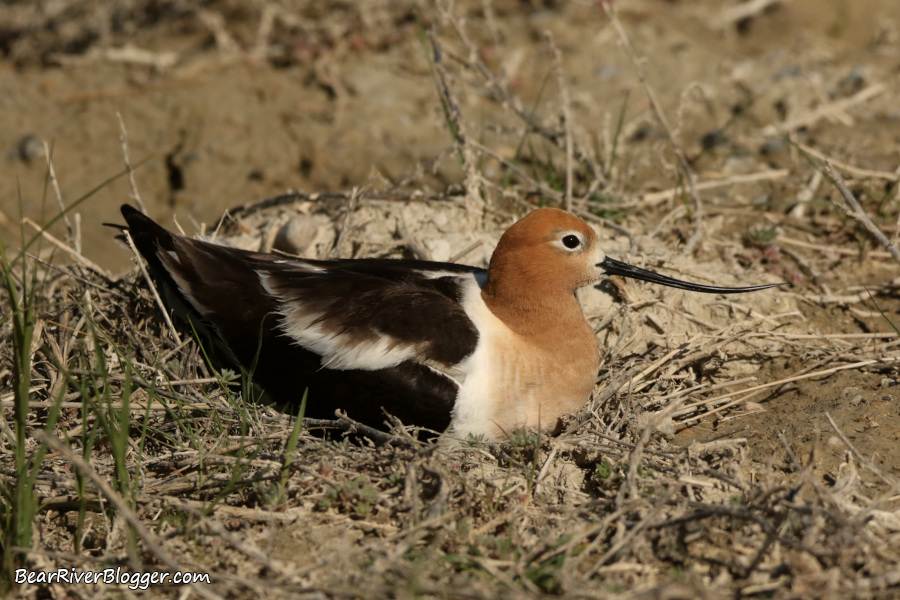
If you’re a photographer like myself use a large telephoto lens when photographing chicks and adult birds that are still on their nests to maintain a good, respectable distance away and try and stay in the car as well, it not only helps the birds themselves but more times than not you’ll get a better photo anyways.
Baby birds, especially the very young American avocet chicks can appear anywhere on the refuge auto loop so keep a sharp eye and be careful not to disturb or harass the chicks by driving carelessly around the refuge.
The second meaning of the electronic sign, one I’d like to at least personally imply myself if it wasn’t part of the original message, is to not only just drive slow and cautiously around the refuge for the baby birds’ sake but to also drive slow and keep a watchful eye so you can find and enjoy such a wonderous part of nature, the rebirth of new bird life.
The summer brooding season is an incredible time to go birdwatching on the Bear River Migratory Bird Refuge auto tour route, just remember to always give the baby birds and nesting adults their due space and respect.
Subscribe To And Follow Bear River Blogger
If you’re a birdwatcher or nature enthusiast, we offer you to head on over to our subscribe page and sign up for email notifications for future blog posts where we share our love for the natural world around us through photography and the written word.



(Western Grebes Tending To Their Nest. For short nature photography tips and interesting stories about the natural world around us, subscribe to our Bear River Blogger channel on YouTube for videos and updates from our travels while out in nature, both on and off of the famed Bear River Migratory Bird Refuge.)


